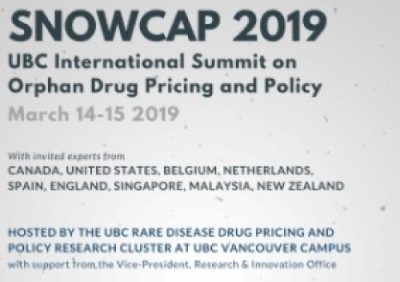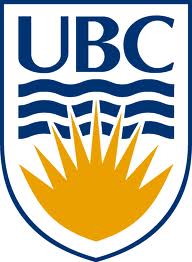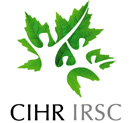The Changing Landscape of Treatments for Rare Diseases
As our understanding of diseases and how to treat them evolves, so too must our decision making procedures for providing treatments for those living with an illness. Today, one area of policy and decision making that lags behind is that for treatment of rare diseases. Approximately 1 in 12 Canadians suffer from 1 of over 7,000 different rare diseases, and the number of rare diseases identified increases every week especially with the emergence of personalized medicine.
Orphan drugs, which are used in the treatment of rare diseases or disease-subtypes, are often very expensive, with costs exceeding $500,000 per year for one patient. This high cost is related to several factors including: 1) recouping the company’s out-of-pocket cost of research, development, regulatory and government drug coverage approval; 2) the limited number of patients with a particular rare disease; 3) the limited number of patients deemed eligible for treatment by a provincial health plan; and 4) the lack of competition within the market (first in class).Given the high cost of treatment and increasing prevalence, the potential financial burden and the opportunity cost of treating patients with rare diseases is significant.
For example, the average annual cost of Aldurazyme® (laronidase) for the treatment of MPS I, an inherited genetic enzyme deficiency disorder that occurs approximately once in every 100,000 births, is ~$435,000 per patient per year. However, this same drug may not be covered by government insurance in all provinces. Unfortunately, it is not clear how drug coverage decisions for expensive drugs for rare diseases are made by provincial and territorial governments, or whether there are explicit decision making policies in place. Furthermore, these drug coverage decisions are being made without any knowledge of society’s willingness to pay for these treatments, given the opportunity costs.
There is a strong moral justification not to deny treatment because of cost; however, given finite budgets, government payers face difficult choices about whether or not to provide coverage. While approval for funding may encourage innovation and development of new treatment, it may also be setting a benchmark against which new treatment alternatives are priced.
Our Emerging Team in Rare Diseases aims to undertake collaborative translational research with the objective of helping to inform the development of drug coverage decision-making models relating to government funding of drug therapy for rare diseases. The research findings generated by our team will be broadly applicable, nationally and internationally, to all rare diseases and disease sub-types, and will advance the understanding of policy issues of pressing importance to health planners and decision makers regarding technology assessment, incentives for innovation, drug pricing, and priority setting.
Our interdisciplinary integrated Emerging Team will immediately add value to the health care system through a multi-facetted research approach to address multiple, inter-related questions pertaining to policy and decision-making for drugs for rare diseases. Ultimately, the research outputs from this team, and the knowledge generated, will facilitate more informed health care decisions consistent with the values that society places on the treatment of rare diseases while contributing to our understanding of effective coverage decision making methodologies that is of general relevance to the sustainability of Canada’s health care system and enhanced patient care.














